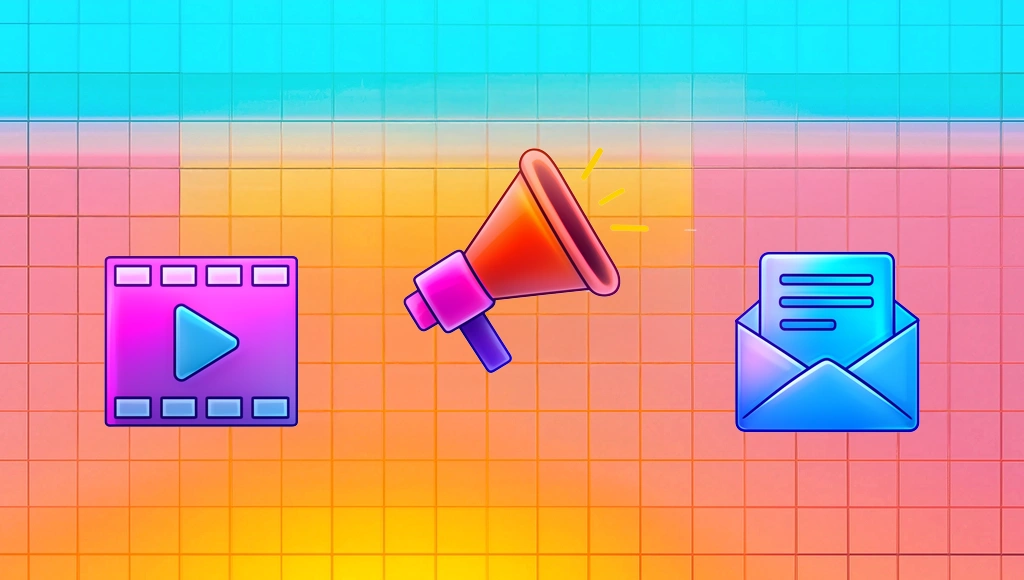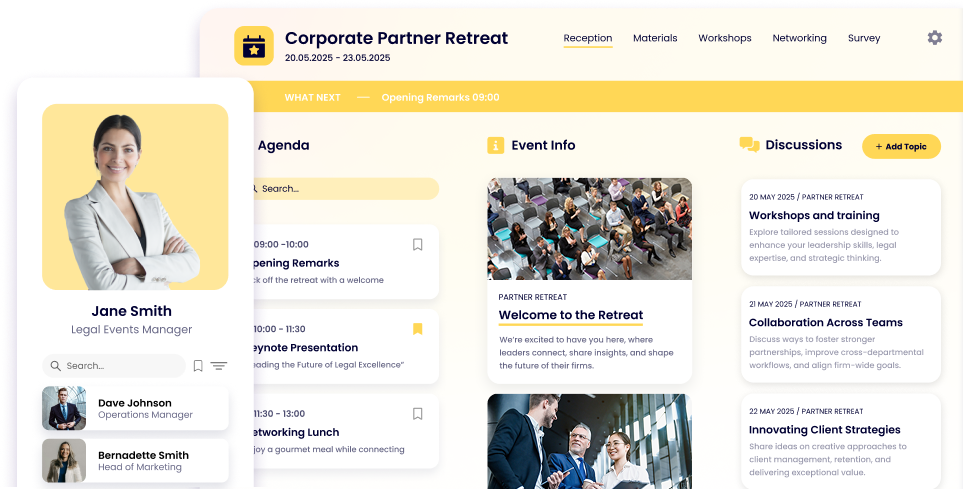Event Lead Generation Made Simple: Practical Strategies for B2B Success

Lisa Broom | Head of Marketing
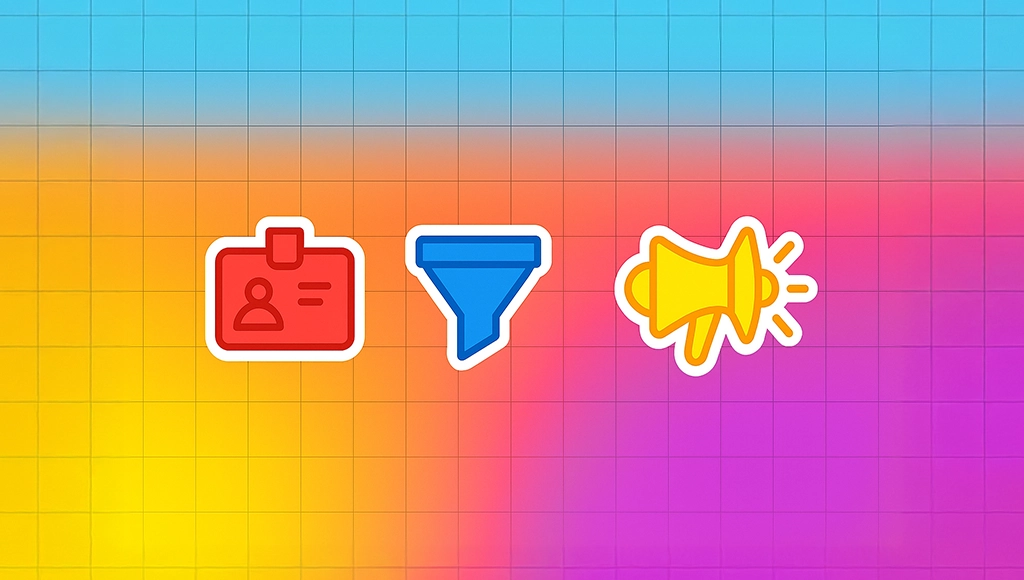
According to Content Marketing Institute (CMI). 85% of B2B marketers use leads to grow their business, making it a critical strategy for company growth. When done effectively, events create controlled environments where you can showcase products while collecting high-quality leads from prospects interested in your offerings.
Beyond simply gathering contact information, successful event lead generation builds meaningful relationships with potential customers. Whether through conferences, trade shows, webinars, or product demos, these lead generation events help establish your thought leadership by sharing valuable insights with attendees. This approach is particularly effective since 73% of B2B marketers consider webinars the best strategy for acquiring quality leads, while 46% of event managers cite lead generation as their primary reason for event participation.
Throughout this guide, we’ll walk you through a practical approach to event lead generation that works for busy managers. You’ll learn how to choose the right event format, plan effectively before your event, capture leads during the event, and follow up afterward. We’ll also cover how to generate leads at events using digital tools that simplify the process, recognizing that it typically takes 6-8 marketing touches to successfully close a lead.
Choosing the Right Event Format for Lead Generation
Selecting the perfect event format is the foundation of successful lead generation. Different event types attract varying audiences and produce distinct types of leads, so matching your format to your business goals is essential.
Conferences and trade shows
These large-scale gatherings establish your brand as an industry authority while creating fertile ground for lead generation. A whopping 81% of trade show attendees hold buying authority, making these events goldmines for quality leads. For maximum effectiveness, design an eye-catching booth that stands out in crowded exhibition spaces. Additionally, incorporate interactive elements like product demonstrations to captivate attendees and encourage engagement. Trade shows are especially effective for hands-on experiences, allowing potential customers to interact directly with your products and representatives.
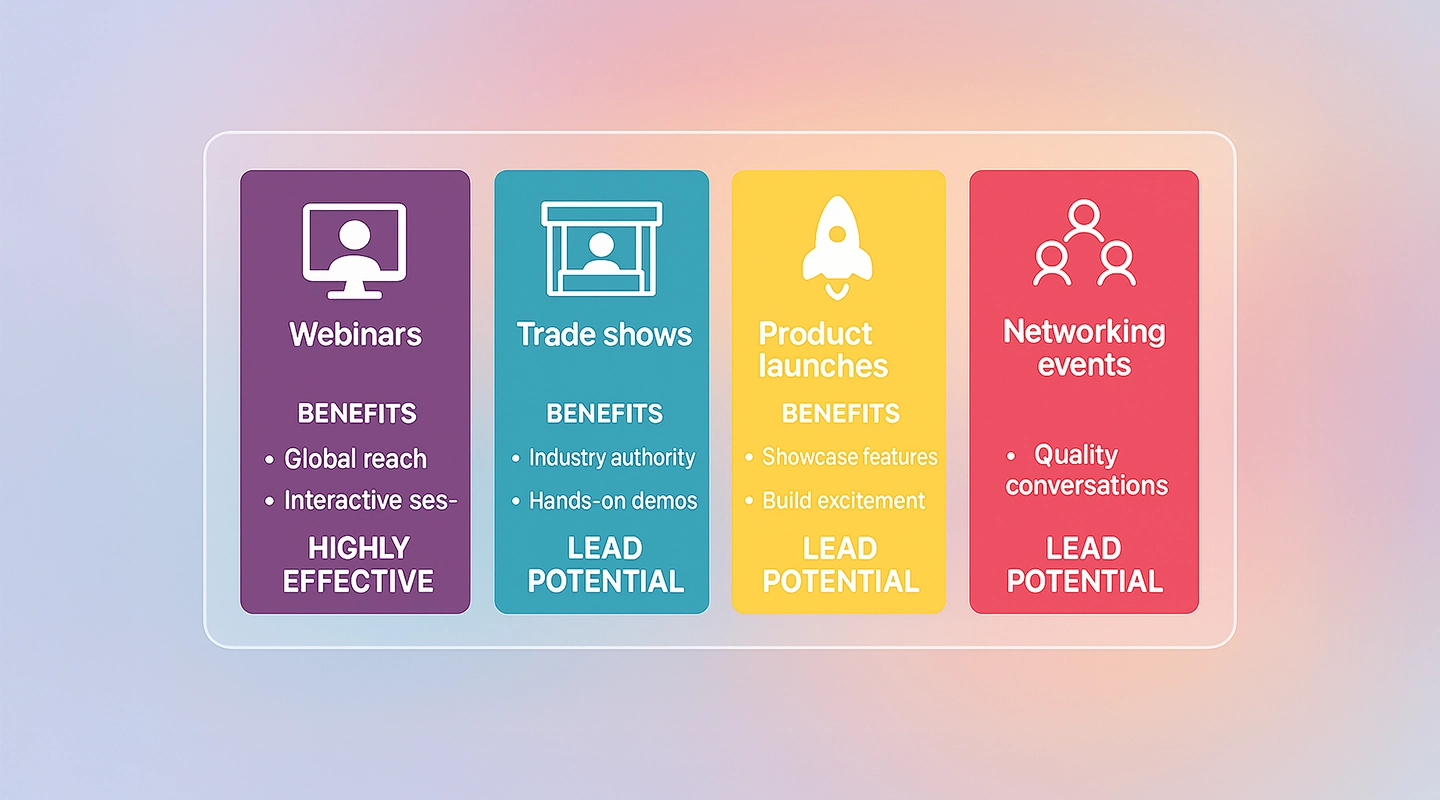
Webinars and virtual workshops
Online events have become powerful lead generation tools, allowing you to reach global audiences without geographic limitations. Notably, businesses are increasingly adopting webinar lead generation over traditional methods due to their highly interactive way of connecting with target audiences. These virtual events create spaces for interaction through live chat, Q&A sessions, and polls, helping you collect valuable feedback while engaging potential leads. Furthermore, webinars can be recorded and offered as gated content, requiring viewers to provide their information before accessing.
Product launches and demos
Product demonstrations are essential marketing tools that showcase features and benefits to potential customers. They provide visual, interactive experiences highlighting how your product works and its key benefits. Product demos help communicate complex information clearly while building trust and credibility. For product launch events, create a compelling narrative around your value proposition and incorporate live demonstrations that allow attendees to engage firsthand with your product.
Networking events and mixers
Rather than collecting as many business cards as possible, focus on quality conversations at networking events. Encourage your team to actively listen to attendees, understand their pain points, and articulate solutions. Consider incorporating icebreaker activities or themed discussions aligned with your industry to make networking more enjoyable. Consequently, these events provide natural opportunities for meaningful conversations that generate quality leads, as attendees are more likely to remember brands that facilitate positive experiences.
Pre-Event Planning: Setting the Stage for Success
Successful event lead generation begins with meticulous planning long before your first attendee arrives. In fact, what happens behind the scenes dictates your event’s ability to capture qualified leads and drive conversions.
Define your event goals and lead generation strategy
Effective pre-event planning starts with establishing clear objectives. Before diving into logistics, define what you want to achieve – whether collecting contact information, scheduling follow-ups, or closing direct sales. Apply the SMART framework to keep your event strategy focused:
Specific – Create clear, targeted goals like increasing registrations by a specific percentage
Measurable – Use KPIs such as ticket sales and lead conversions
Achievable – Set realistic targets based on industry benchmarks
Relevant – Align goals with your overall business objectives
Time-bound – Establish deadlines to track progress
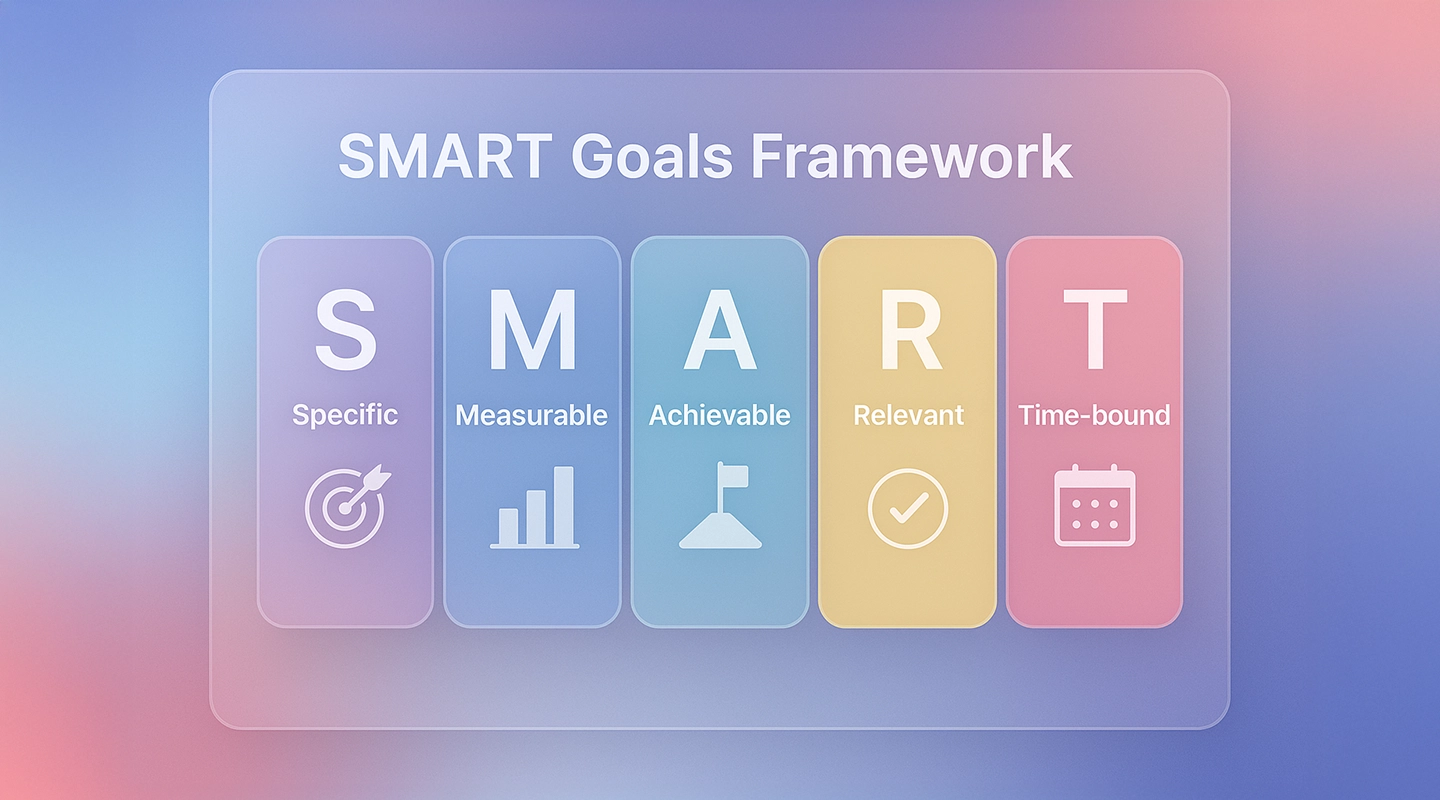
Identify your target audience and buyer personas
The foundation of any lead-generating event is its relevance to attendees. Understand the pain points, interests, and challenges your audience faces, then tailor your event accordingly. Consider conducting pre-event surveys to gauge preferences, ensuring your content resonates with participants. This approach helps attendees feel understood, making them more likely to provide valuable information.
Create a compelling event landing page
Your event landing page serves as the digital front door for potential leads. Include essential elements: date, time, location, event description, and a prominent call-to-action. For maximum conversion, keep registration forms simple by requesting only necessary information.
Use email and social media to drive registrations
Leverage multi-channel promotion to maximize reach. Create a strategic sequence: announcement emails, reminders, and exclusive offers for early registrations. Meanwhile, social media extends your reach to 4.9 billion potential attendees worldwide. Use platform-specific strategies like countdown posts, interactive polls, and event-specific hashtags to build anticipation and drive sign-ups.
During the Event: Capturing and Engaging Leads
The moment of truth arrives when attendees walk through your doors – physical or virtual. Capturing and converting leads requires intentional strategies that keep participants engaged while seamlessly collecting their information.
Use interactive tools like polls and Q&A
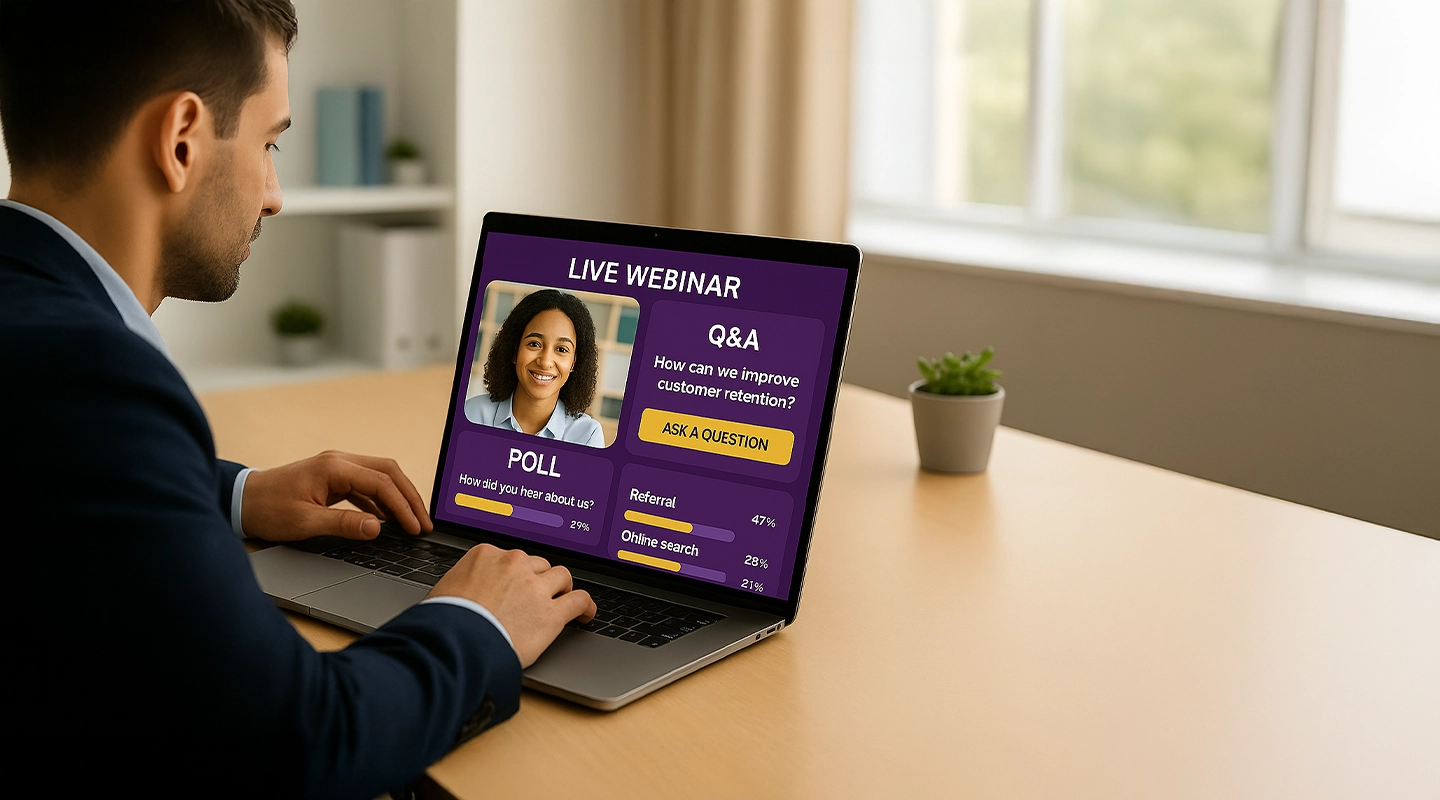
Interactive elements transform passive observers into active participants. Live polling encourages attendees to voice opinions in real-time, fostering a sense of dialog rather than delivering a one-sided presentation. Tools like Slido, Mentimeter or Fliplet make presentations more dynamic, with real-time feedback ensuring your content resonates with the audience. Similarly, incorporating breakout rooms facilitates networking and deeper discussions in smaller groups.
Incorporate live product demos or case studies
Demonstrating your product in action creates memorable experiences that static presentations cannot match. Interactive demos showcase your product solving real problems—exactly what prospects want to see. For maximum impact, ensure demos remain concise while incorporating engagement features like polls and Q&A sessions. Additionally, personalized demos allow potential customers to experience your product’s value firsthand rather than simply hearing about it.
Offer incentives for engagement and sign-ups
Strategic incentives significantly multiply lead capture rates. Consider:
- Gift cards and vouchers for completing surveys or scheduling demos
- Contests and quizzes throughout your event with small prizes to maintain attention Exclusive raffles for premium industry-related products
Prepaid incentives work exceptionally well thanks to the principle of reciprocity—offering something before asking for action increases response rates.
Leverage event apps and lead capture tools
Modern lead capture tools streamline the entire process. QR codes enable quick scanning and instant form access, reducing wait times. Digital badges equipped with scanning capabilities instantly log contact information, creating efficient lead management.
Tip: Use tools like Fliplet to simplify event lead capture with features like in-app badge scanning, real-time analytics, and CRM integration. Fliplet’s drag-and-drop builder allows you to create custom lead forms, automate follow-ups, and track engagement in one centralized dashboard.
Post-Event Follow-Up and Lead Nurturing

Your event’s success doesn’t end when attendees leave – in fact, what you do after everyone goes home often determines your ROI. The post-event phase transforms connections into conversions through strategic follow-up.
Effective lead management starts with categorization. Segment your event leads based on:
- Interest level: Prioritize high-value leads for immediate follow-up
- Engagement type: Create different approaches for attendees versus no-shows
- Sales readiness: Tag prospects as hot, warm, or cold based on interactions
Lead scoring helps sales teams focus on the most promising prospects. Utilize your CRM to track attendee preferences and interactions, then develop targeted approaches for each segment.
Send personalized follow-up emails
Timing is crucial – follow up within 24-48 hours while your event remains fresh in attendees’ minds. For maximum impact, reference specific conversations or interests demonstrated during the event. Indeed, including details like “I enjoyed discussing front-end development” makes recipients feel remembered and valued.
Repurpose event content for ongoing engagement
Transform one-time events into ongoing learning experiences by converting presentations into various formats. This approach extends your reach while reinforcing key messages. Consider extracting key takeaways into exclusive reports with actionable insights to share with attendees. Additionally, gating these resources creates opportunities to generate leads from people who couldn’t attend the original event.
Track event lead generation metrics to measure success
Monitoring specific metrics reveals your event’s true ROI. Essential measurements include:
Follow-up engagement rate: How many attendees opened emails or clicked on resources Conversion rate: Percentage of attendees moving further down your sales funnel Customer acquisition cost: Total spent per converted customer
These metrics highlight areas for improvement in future lead nurturing strategies. Review analytics weekly to identify high-performing activities worth continued investment.
Conclusion

Ultimately, effective event lead generation requires a systematic approach across all stages of the event lifecycle. Before your event, clearly define your goals and target audience to ensure every aspect of your planning aligns with your lead generation strategy. During the event, focus on meaningful engagement through interactive elements and compelling demonstrations rather than simply collecting contact information. Afterward, prompt follow-up with segmented, personalized communication transforms those initial connections into valuable business relationships.
What makes this approach particularly powerful? The answer lies in its comprehensive nature. Each phase builds upon the previous one, creating a seamless experience for potential customers while maximizing your return on investment. This integrated strategy helps busy managers overcome common challenges like poor attendance, disengaged participants, and inadequate follow-up that often plague event-based lead generation efforts.
Remember that successful lead generation isn’t measured solely by the number of contacts collected but by the quality of relationships established. Events create unique opportunities for face-to-face interactions that digital marketing alone cannot replicate. Therefore, approach each event as an opportunity to showcase your expertise, understand customer needs, and demonstrate how your solutions address specific pain points.
Although implementing a comprehensive event lead generation strategy requires initial investment of time and resources, the long-term benefits far outweigh the costs. Companies that master this approach consistently outperform competitors in converting prospects to customers while building stronger brand loyalty. Start applying these practical strategies today, and watch your event lead generation efforts transform from merely collecting contacts to creating meaningful business connections.
FAQs
Why should I invest in event lead generation when I already run digital campaigns?
Event-based lead generation complements digital channels by adding a human, interactive touch. Live interactions accelerate trust-building and often shorten sales cycles, while the data you capture at events enriches your existing email, social, and paid-media audiences.
Which event format delivers the highest-quality B2B leads?
Quality depends on your goals and audience:
- Webinars excel for thought-leadership and scalable, global reach.
- Trade shows attract buyers with budget authority
- Product demos/launches work best for complex or visual products that benefit from hands-on experience.
Choose the format whose typical attendee profile aligns with your ICP (ideal customer profile).
How far in advance should I start promoting my event?
For virtual events, start 4–6 weeks out. For in-person conferences or trade shows, plan on 8–12 weeks (longer if travel is involved). This gives you time for multiple promotional “touches”.
What information should I collect on the registration form?
Stick to must-haves: name, company, email, job title, and one qualifier tied to your segmentation (e.g., annual revenue or primary pain point). Short forms boost conversions; you can gather deeper intel during or after the event.
How do I keep virtual attendees engaged long enough to capture meaningful data?
Use interactive elements every 5–7 minutes—polls, Q&A, chat prompts, or breakout rooms. Pair these interactions with micro-conversions (e.g., “vote in the poll to unlock the slide deck”) to encourage data sharing without feeling intrusive.




